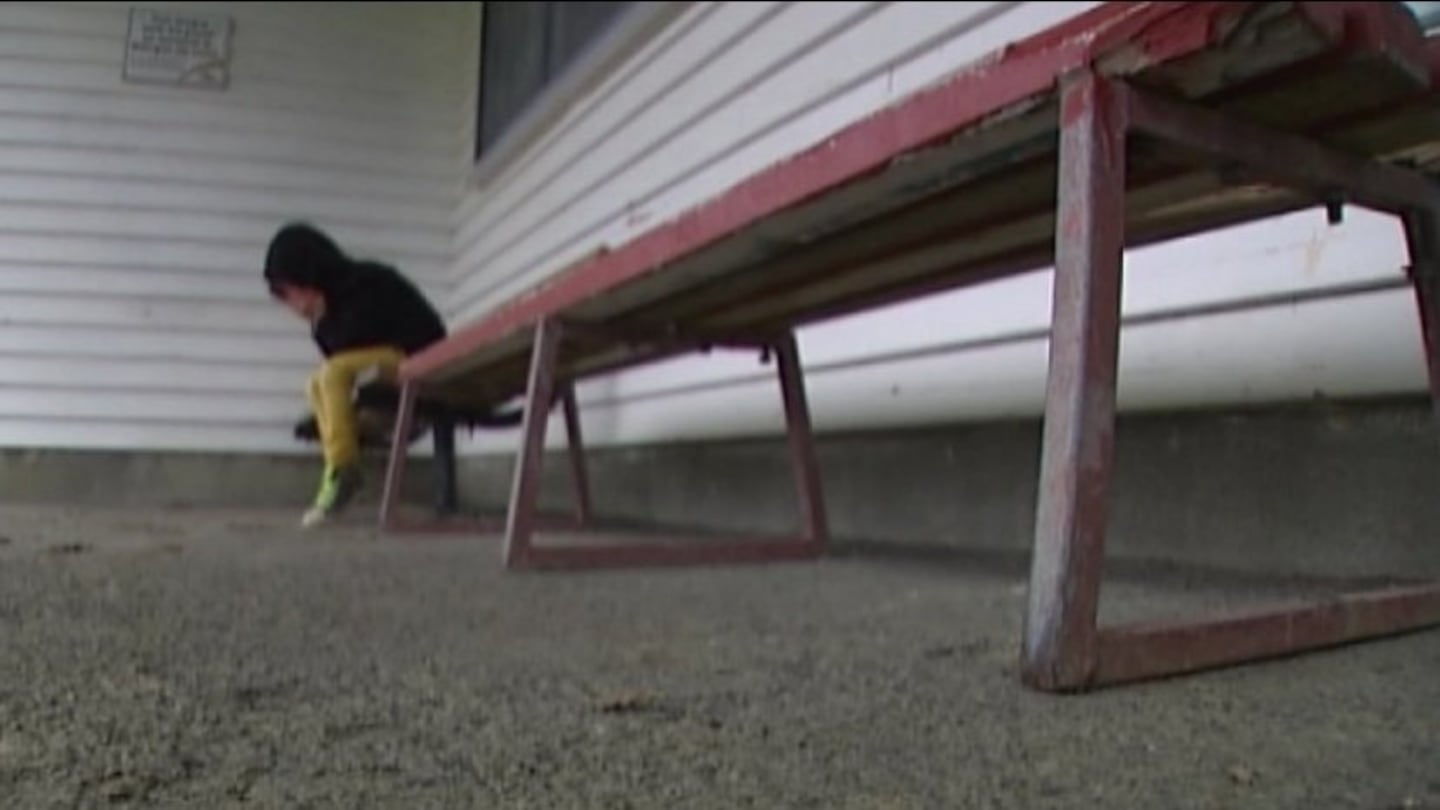The Ministry of Social Development has released a report on child poverty in Aotearoa which showed Māori, Pacific and disabled children are disproportionately affected by child poverty.
A total of 144,000 children are living in homes where families cannot afford at least six of 17 essential items. Those items include fresh vegetables and fruit, a separate bed, a waterproof coat, warm clothes, shoes and doctor’s visits.
Child Poverty in New Zealand is the latest in a series of reports which detail a range of child poverty measures over time and analysis of policies and real-world factors which shape the trends seen.
The report uses international literature to describe what poverty feels like day-to-day in richer countries like Aotearoa.
It also describes the pressures of financial constraint where basics become luxuries that need to be saved for.
Problems arise from solutions, for instance saving money by reducing heating costs, which exacerbates illness and where borrowing from rent money creates debt and eviction threats.
Poverty is described as feeling like an entrapment when there aren’t options and the future is looming and unpredictable. Parents face ever-present guilt from being unable to meet their children’s needs, own expectations and society’s demands.
The report states the non-material manifestations of poverty on top of the disadvantaged and insecure economic situation are aspects which include a lack of voice, disrespect, humiliation and assault on dignity and self-esteem.
Powerless, sham and stigma
Those with financial hardships experience powerlessness, shame, stigma, a denial of rights and diminished citizenship. The report describes the experiences stemming from social relationships; those in poverty’s everyday interactions and the way they’re talked about and treated by politicians, officials, the media and other influential bodies.
Mana Mokopuna/Children and Young People’s Commission said the report showed the importance of data and tracking trends over time using a range of measures, to ensure sustained child poverty reduction.
The report shows international comparisons, which reveal Aotearoa ranks poorly compared with other relatively wealthy countries.
Using Stats NZ data, the report shows increases across three of the nine measures of child poverty under the Child Poverty Reduction Act 2018.
“This report clearly shows the impact that government decision-making has had on child poverty rates over time, improving the lives of families and children’s day-to-day experiences. We need the government to continue making decisions that ensure all children are included fully in our society without the burdens that come with being poor,” Chief Children’s Commissioner Dr Claire Achmad said.
Achmad is continuing her call for a cross-party commitment and ambition to ending child poverty.
She said the longitudinal data in the report illustrated the powerful effect that Working for Families and other tax transfers, minimum wage and benefit increases had made to reduce poverty.
‘Shutting children out’
“The UN Convention on the Rights of the Child is very clear: All children have the right to an adequate standard of living. We all want our country to be a great place to grow up. But right now, as this report shows, poverty is shutting large numbers of children out of the most basic childhood experiences. It’s really hard to thrive when you’re poor, and no child should want for the very basics in life in New Zealand,” she says.
The report showed that more than half of children in material hardship live in working households and Achmad said addressing high rates of poverty in a small relatively rich nation meant a wider focus beyond employment.
She said the country needed evidence-led policies that lifted incomes and provided practical support and investments focused on children’s wellbeing.
She said evidence showed the experience of poverty, especially when severe and persistent, could affect children’s daily experiences, educational outcomes, mental and physical health, their ability to participate, and future opportunities.
“We can change the story here, and this report shows we’ve done it before. This requires putting children at the heart of decision-making relating to poverty reduction,” she said.
“It also requires working together on a cross-party basis to sustain ambition and focus towards ultimately ending child poverty in New Zealand. That’s why I’m calling on the government – and future successive governments – to make ending child poverty an enduring project of national significance.”
Achmad called for an active push towards the goal of ending child poverty by 2028. She said the report showed the progression made with poverty in the past shows it can be done again with sustained ambition and focus.
You can read the 2024 report here.



